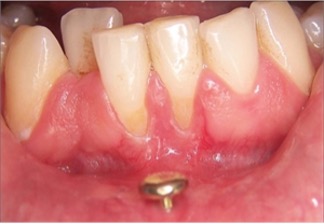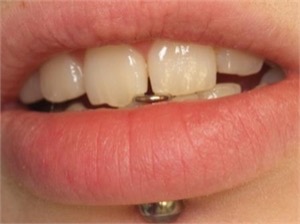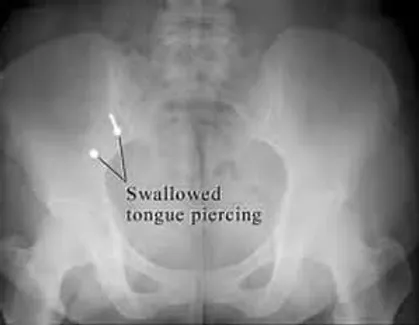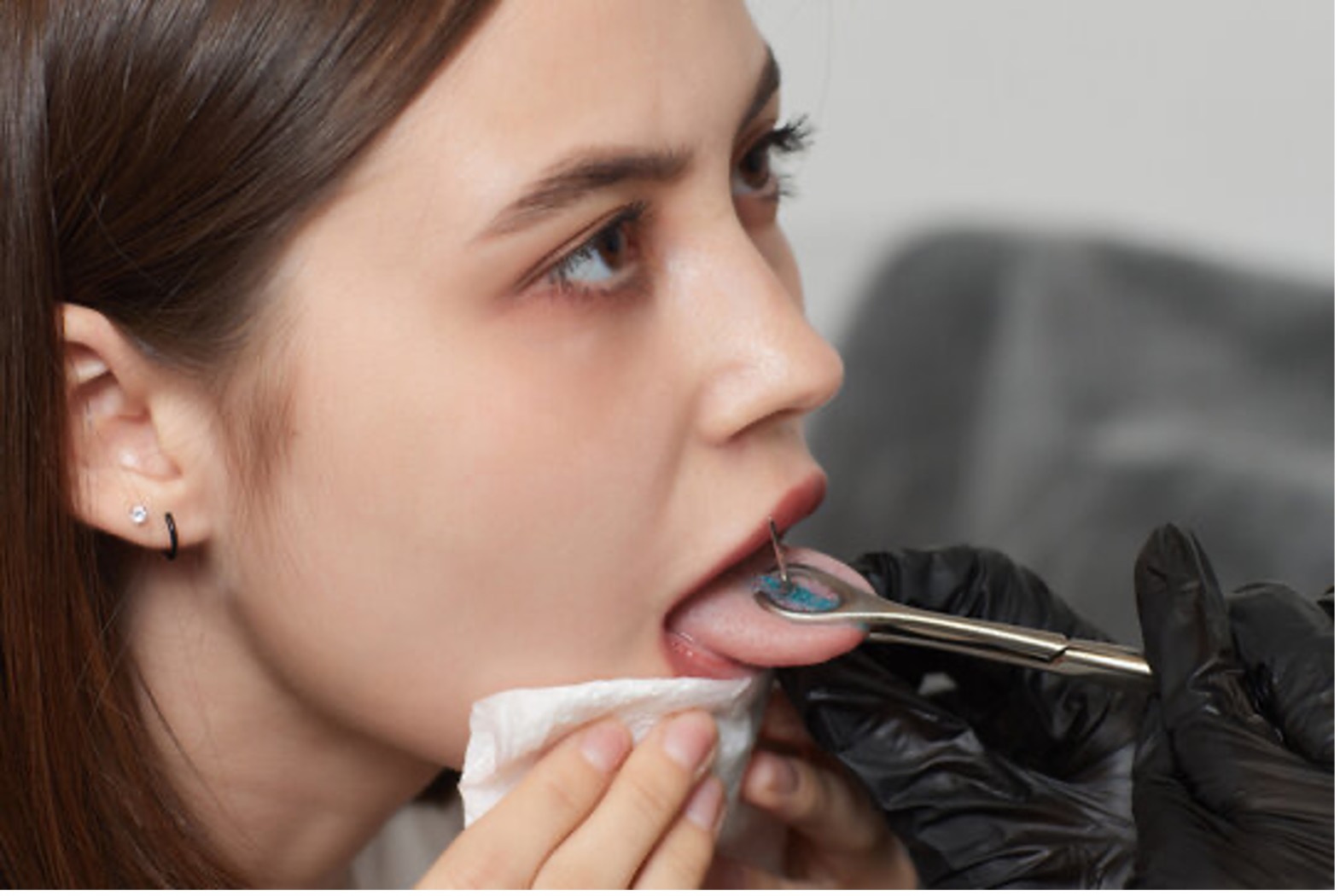The Piercing Truth
15/11/2023
Oral piercings come with associated health risks. It is important to make an informed decision on these risks prior to committing to one.
There is a long and extensive list of risks related to oral piercings.
As a form of self expression, oral piercings perforate the tissues of the mouth and are thought of as body jewellery or a fashion accessory.
Typical locations for oral piercings include the tongue in the form of a barbell with balls at either end or a labret where one of the balls is replaced with a flat disc. Lips may commonly be pierced with a ring design.
Piercings are manufactured from a wide variety of materials such as surgical grade stainless steel or nickel compositions through to alloys of titanium, platinum, silver or gold. They may be created from one metal but plated with another.
A common age for having an oral piercing placed is between the ages of 18 and 22 years of age. Studies show that approximately 5.2% of young adults have oral piercings and that this proportion is steadily increasing.
Due to the limited finances of adolescents, low cost piercings are commonly used such as those made with surgical stainless steel or nickel. Allergy or sensitivity to nickel has been reported in up to 30% of the population, making these people prone to piercing outcomes ranging from contact dermatitis and tissue overgrowth through to rare extreme reactions such as anaphylaxis (a life threatening allergic reaction).
It is estimated that half of young adults consume carbonated (soft) drinks daily. These, along with many other dietary choices contain acids which often causes corrosion of the piercing making it act as a bacterial reservoir. Additionally the metal ions can migrate throughout the body to other organs, exposing them to infection and disease.


Gum recession and Chipped and broken teeth are some of the possible risks of oral piercings
There is a long and extensive list of risks related to oral piercings.
Some of these risks can include:
- Localised bleeding, swelling and trauma caused by continuous movement of the jewellery.
- Fibrous tissue overgrowth may prevent removal of the piercing and can require surgical correction.
- Jewellery located alongside teeth may cause gum recession and enamel chips, fractures or damage (see images below).
- Increased nerve sensitivity in teeth.
- Increased saliva flow (drooling) along with difficulty biting, chewing and speaking.
- Increased rates of tooth grinding.
- Oral piercings have been identified as a possible factor in the transmission of blood borne diseases such as Hepatitis. If considering piercings in these areas you should discuss prior vaccination for these types of conditions with your GP and avoid kissing or the sharing of eating and drinking utensils (especially when the piercing is new).
- Heart and brain problems- oral piercing carries with it a potential risk of Endocarditis (inflammation of the heart valves or tissues). Bacteria can enter the bloodstream through the piercing site in the mouth and travel to the heart, where they can multiply. Deaths have been recorded in previously healthy people following oral piercings. Additionally, this bacteria passing through the bloodstream can cause a potentially fatal brain infection.
- Jewellery may be inhaled or ingested producing respiratory or digestive disorders.
- Higher levels of adjacent ulcers, dental plaque and pathologies are observed. This chronic irritation may later develop into oral cancer.

Avoiding Oral Piercing Risks
We strongly discourage Oral Piercings for the risks stated above. If however you still wish to do so we recommend the following guidelines to protect your health.
- Select a reputable piercing studio. Enquire about their levels of sterilisation and infection control procedures.
- Ensure that your Piercer provides instructions about after care. These should include brushing and mouthwash multiple times daily. People with oral piercings should practice stellar oral hygiene.
- Discuss the possible effects of your specific piercing with the Piercer. What is it made from to minimise allergic reaction and corrosion? Jewellery with plastic balls attached rather than steel ones may help avoid damage to the teeth.
- Don’t touch the piercing with your fingers as this may encourage infection- if you see any signs of infection contact your Piercer and Dentist immediately.
- Regular visits to the Dentist are recommended for oral examinations to ensure early detection of the various possible complications associated with oral piercings. Remember that in order to make a proper health diagnosis, piercings often need to be removed at the Dentist. This is so that the oral cavity can be thoroughly examined and if required an X-ray can be performed- metal jewellery will obscure results.
